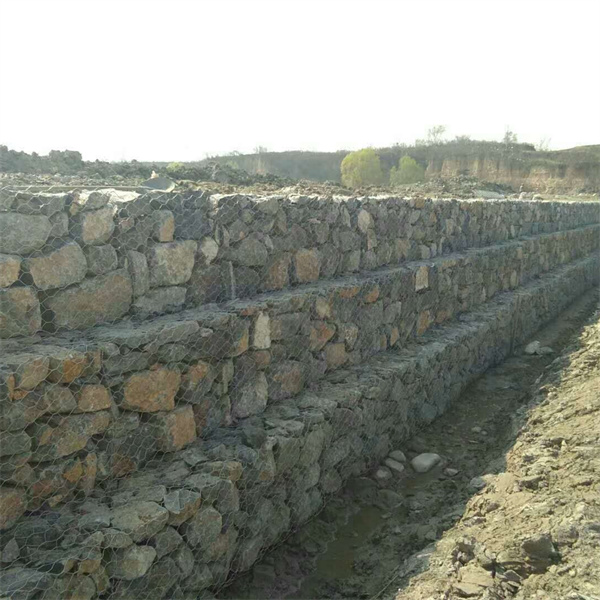Th11 . 03, 2024 08:33 Back to list
gabion facade
The Allure of Gabion Facades A Modern Architectural Trend
In the realm of contemporary architecture, the gabion facade has emerged as a captivating design element that marries functionality with aesthetic appeal. Gabions, traditionally used for erosion control or as retaining walls, have found innovative applications in the exterior cladding of buildings, revolutionizing how architects approach facade design.
At its core, a gabion is a cage or box made of wire mesh that is filled with rocks, stones, or other materials. This structural simplicity allows for a diverse range of applications, particularly in creating visually striking building exteriors. The appeal of gabion facades lies not only in their unique appearance but also in their environmental benefits and durability.
One of the primary advantages of gabion facades is their ability to blend harmoniously with the natural landscape
. Unlike conventional materials like glass or concrete, gabions can be filled with locally sourced stones, allowing structures to integrate seamlessly into their surroundings. This characteristic is particularly valuable in urban settings, where architects strive to soften the harshness of concrete jungles. By using organic materials, gabion facades can provide a more textured and visually interesting surface that evokes a sense of place and belonging.
Moreover, gabion facades offer exceptional durability and low maintenance. The materials used in these structures are typically weather-resistant and can withstand the elements over time. This longevity makes gabions a cost-effective choice for builders and developers. Additionally, the open nature of the wire mesh allows for natural ventilation, contributing to better air circulation within the building and reducing energy consumption.
gabion facade

Beyond their functional attributes, gabion facades also promote sustainability. The use of natural stone and other locally sourced materials minimizes the carbon footprint associated with transporting heavy construction materials. Furthermore, gabions can be designed to accommodate vegetation, allowing plants to grow through or around the structure. This not only enhances the visual appeal but also contributes to biodiversity and helps mitigate urban heat island effects.
In terms of aesthetic versatility, gabion facades are limited only by the imagination of architects. They can be designed in various shapes and sizes, creating striking patterns and textures that catch the eye. From residential homes to commercial buildings, gabions can be tailored to complement the style of any structure, whether it’s modern, rustic, or industrial.
As urban environments continue to evolve, the demand for innovative and sustainable building materials rises. Gabion facades represent a forward-thinking approach to construction that champions both ecological responsibility and creative expression. As more architects embrace this trend, we can expect to see an increasing number of structures adorned with the stunning, earthy texture of gabions.
In summary, the gabion facade is more than just a trend; it embodies a shift towards sustainable design that respects both nature and the built environment. Its unique combination of artistic potential, environmental benefits, and durability makes it an enticing option for future architectural projects. As we step into an era of increased awareness regarding climate change and sustainability, gabion facades may just pave the way for a greener future in architecture.
-
Why PVC Coated Gabion Mattress Is the Best Solution for Long-Term Erosion Control
NewsMay.23,2025
-
Gabion Wire Mesh: The Reinforced Solution for Modern Construction and Landscape Design
NewsMay.23,2025
-
Gabion Wall: The Flexible, Seismic-Resistant Solution for Modern Landscaping and Construction
NewsMay.23,2025
-
Gabion Wall Solutions: The Durable, Decorative, and Affordable Choice for Every Landscape
NewsMay.23,2025
-
Gabion Basket: The Durable and Flexible Alternative to Traditional Retaining Walls
NewsMay.23,2025
-
Gabion Basket: The Proven Solution for Slope Stability and Flood Control
NewsMay.23,2025
-
Versatility of Chain Link Fence Gabion
NewsMay.13,2025






